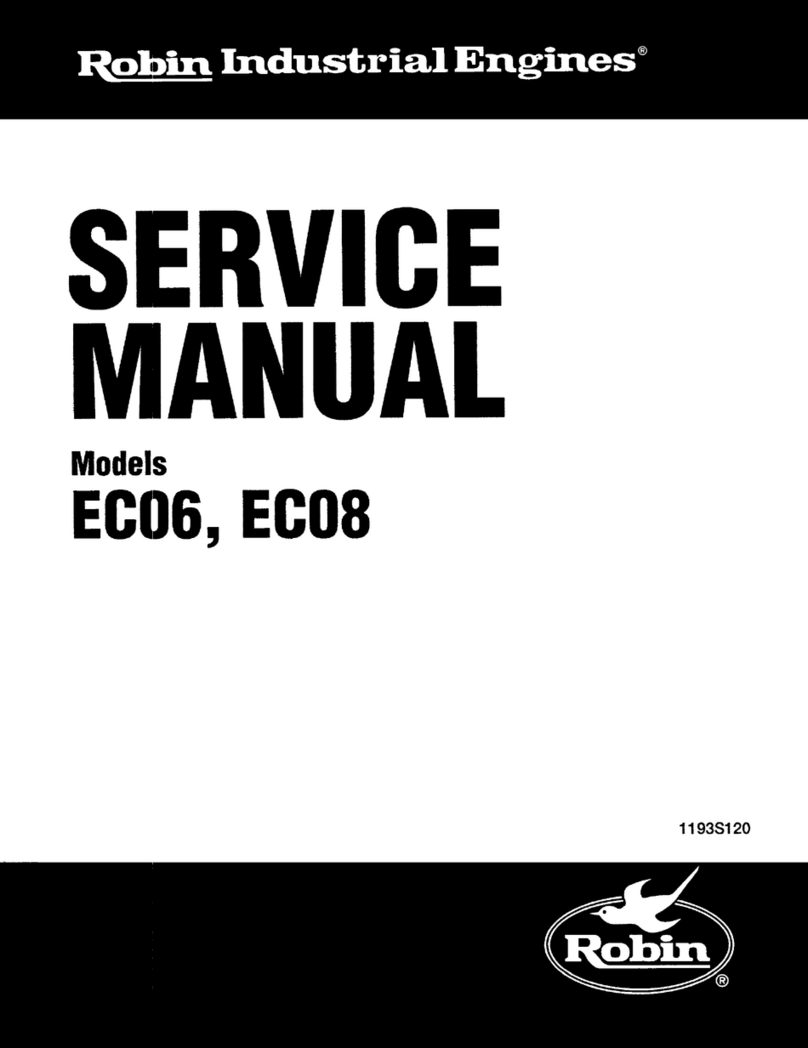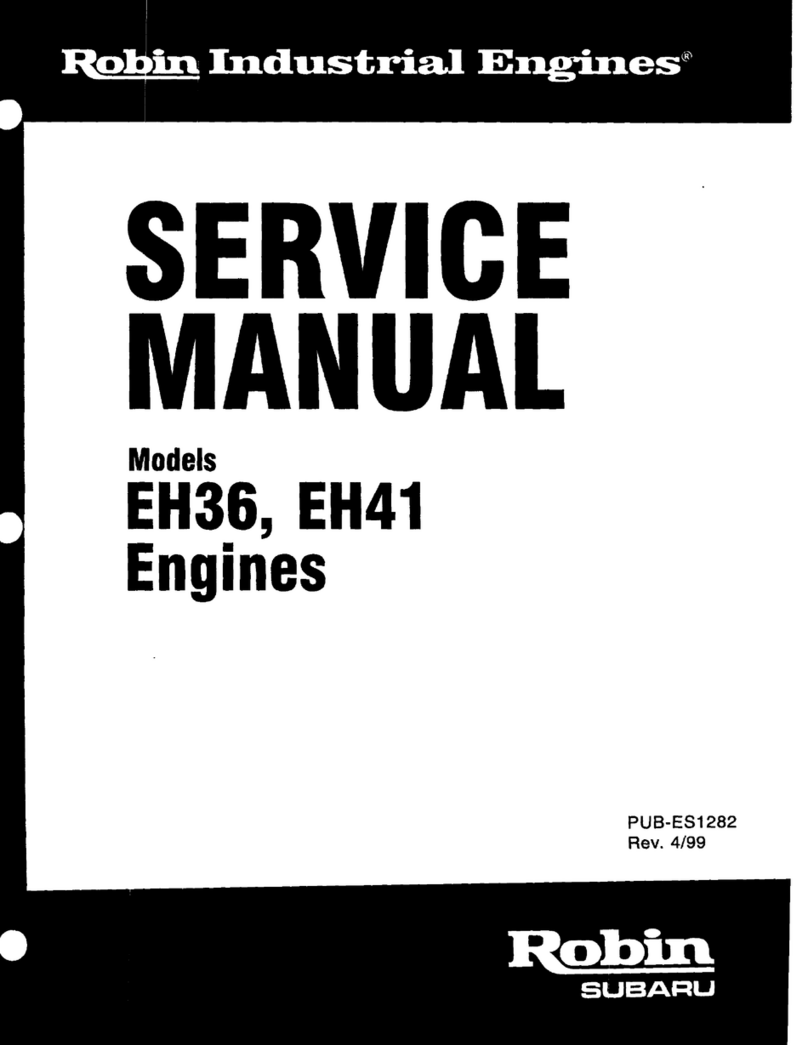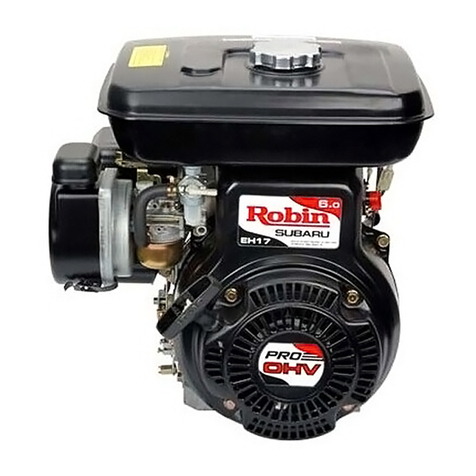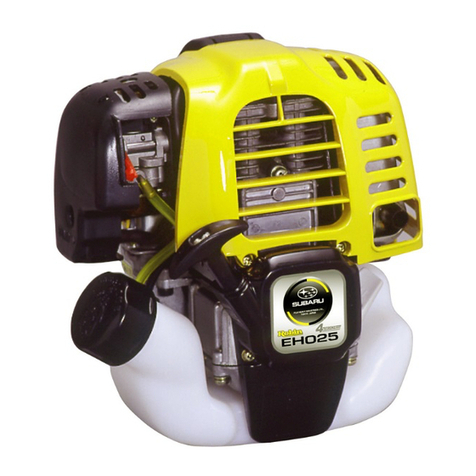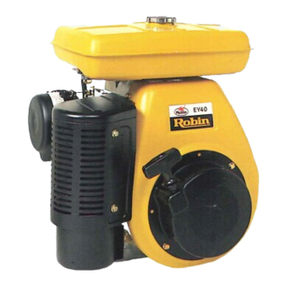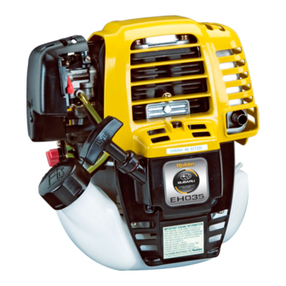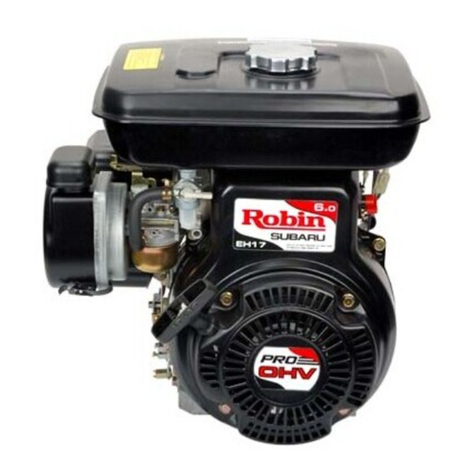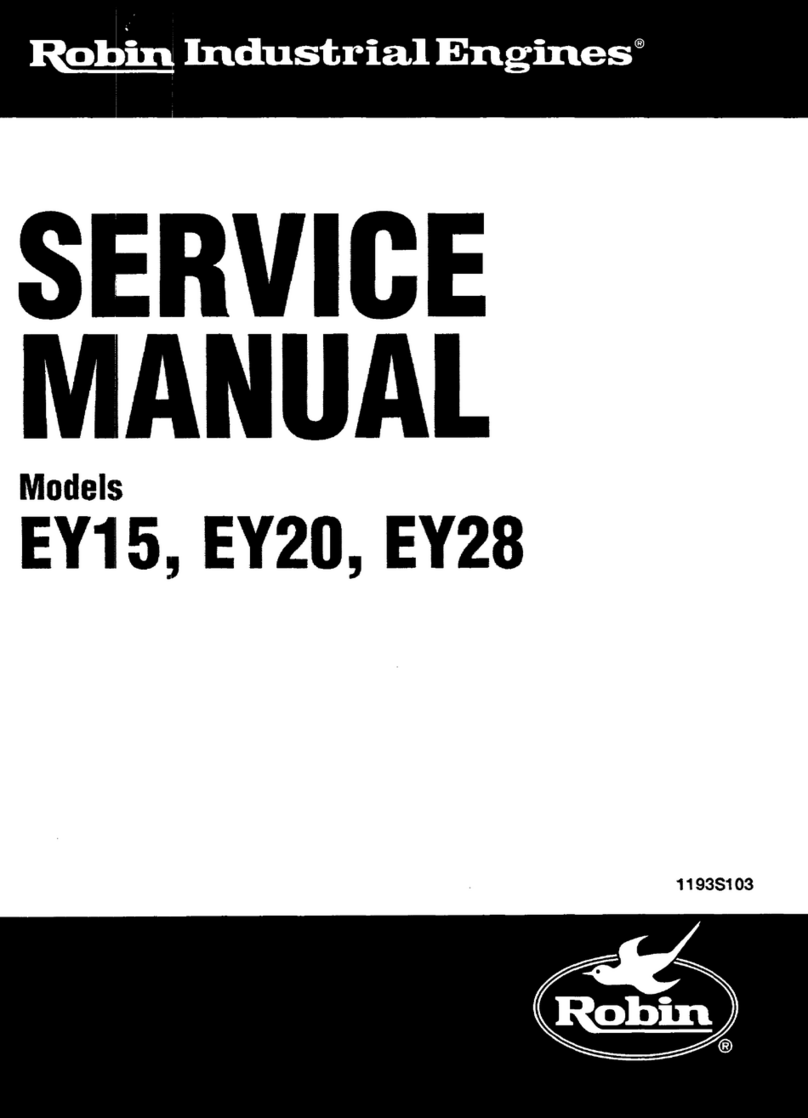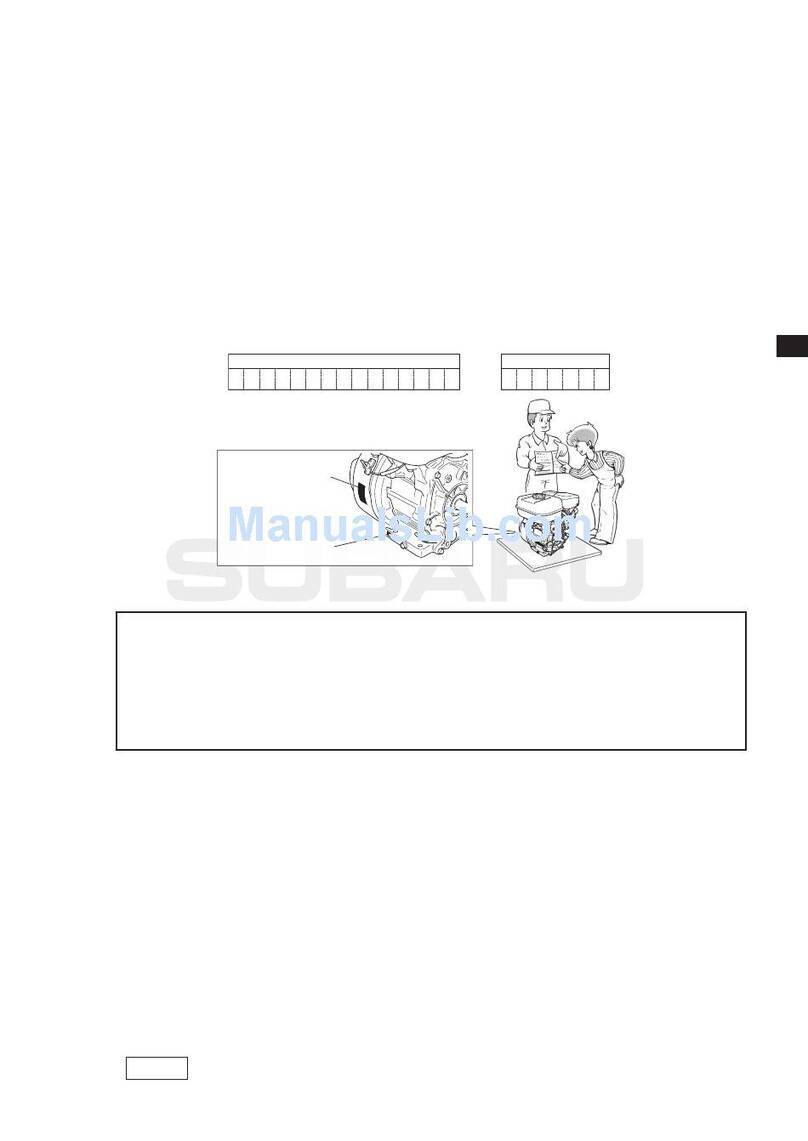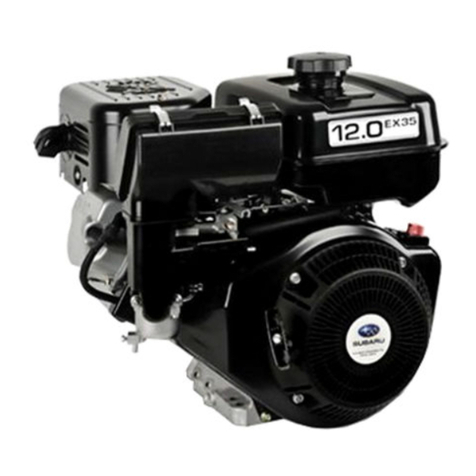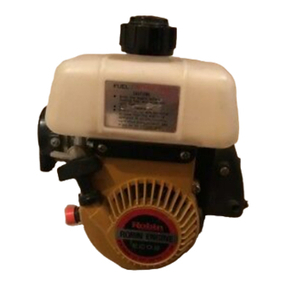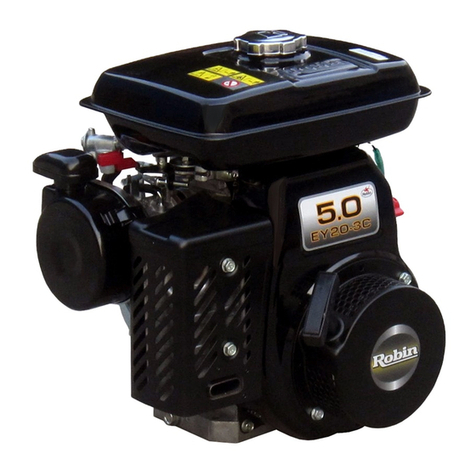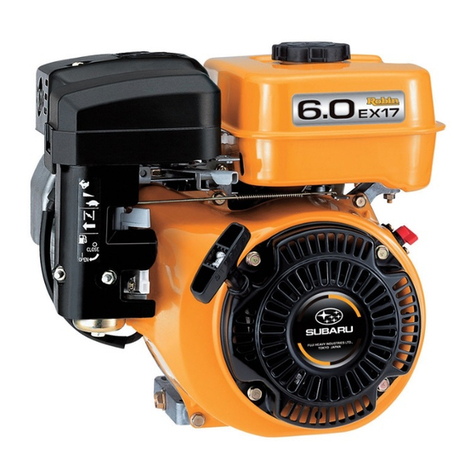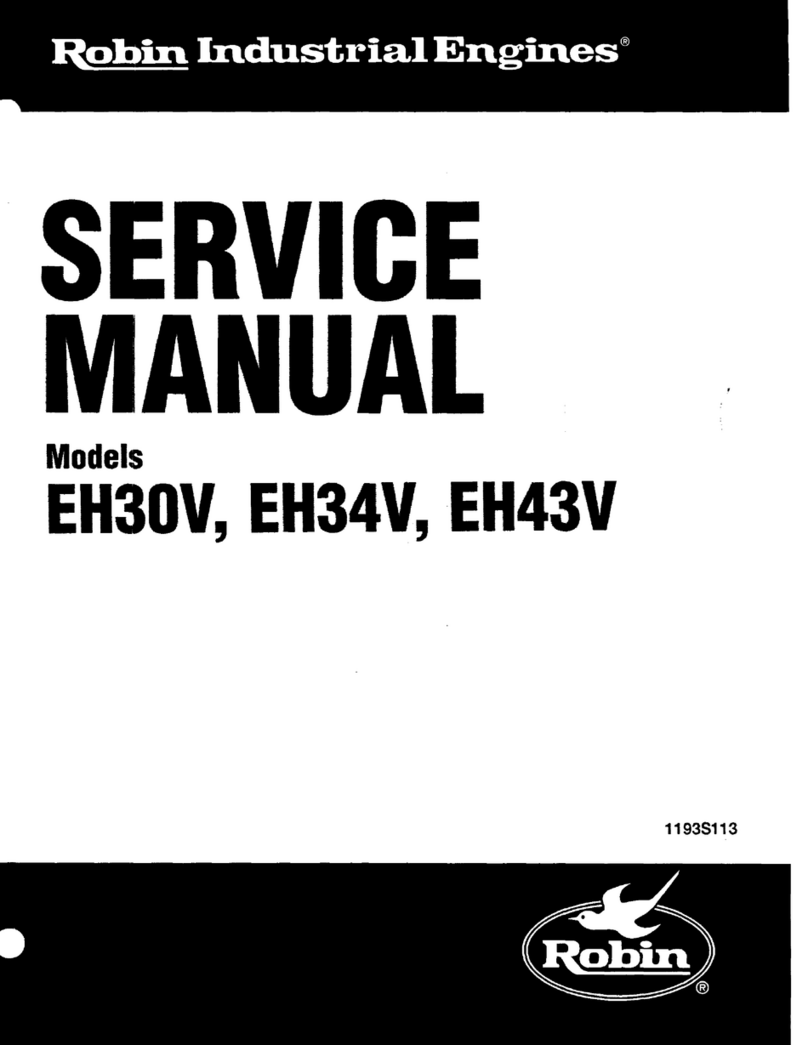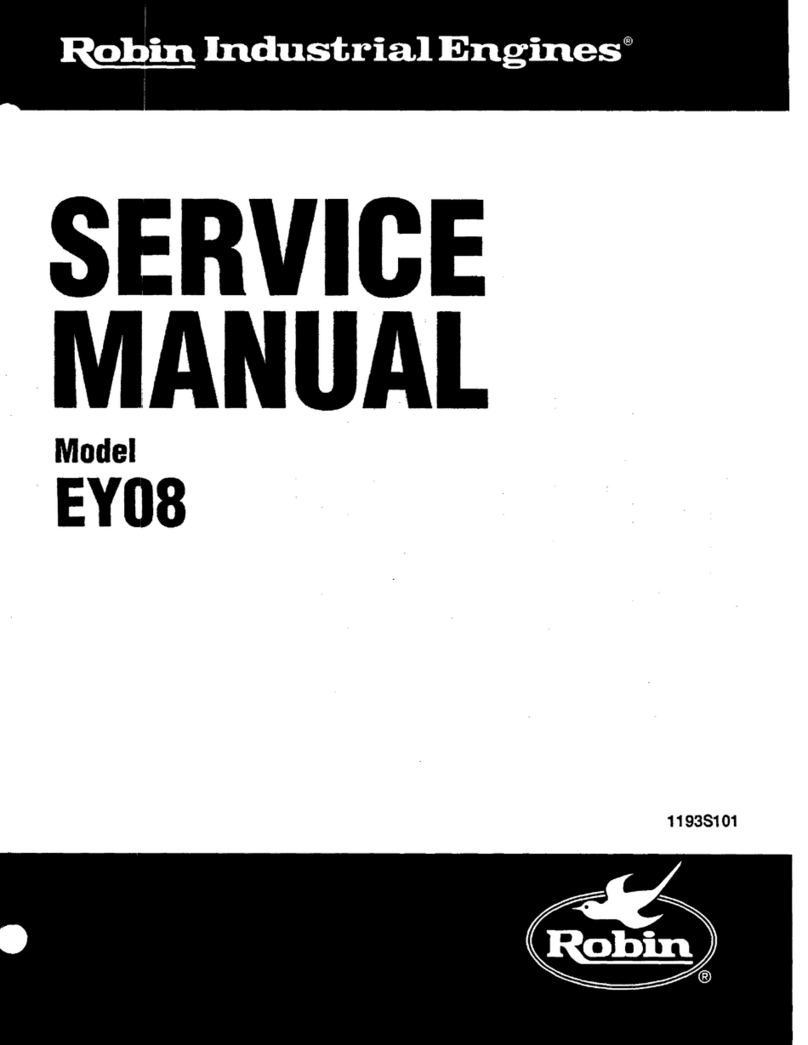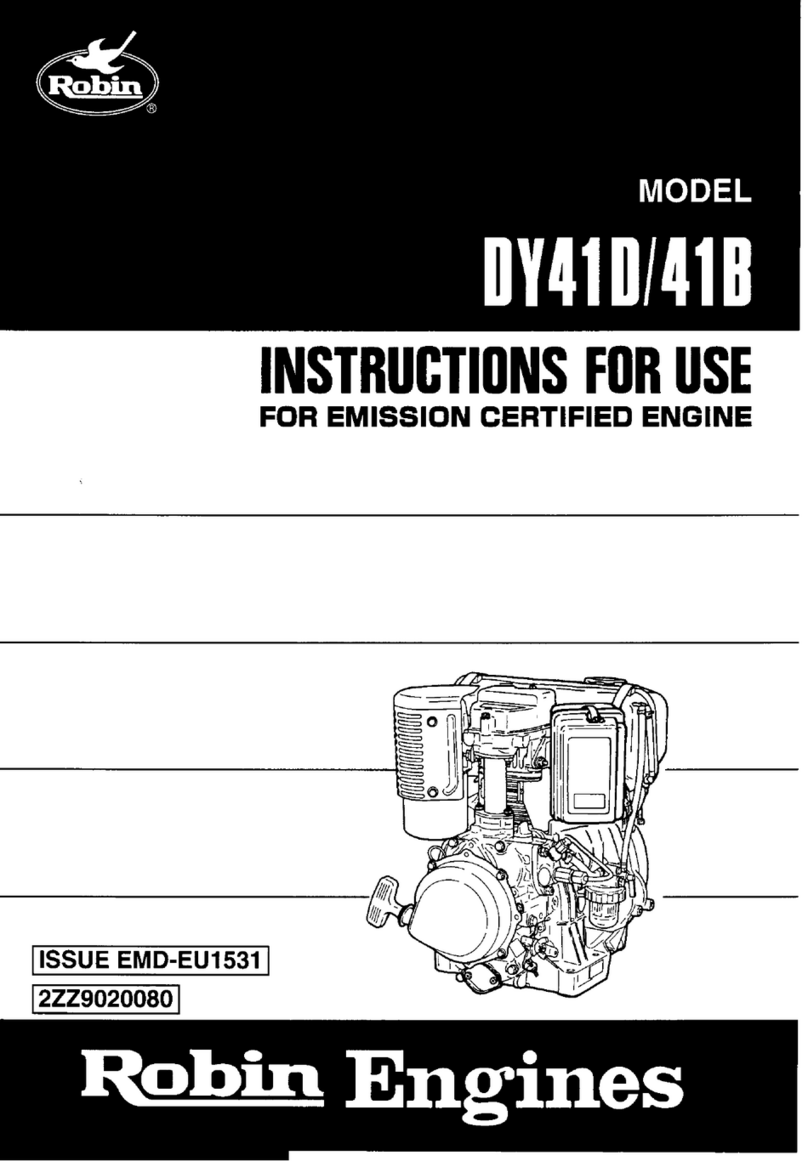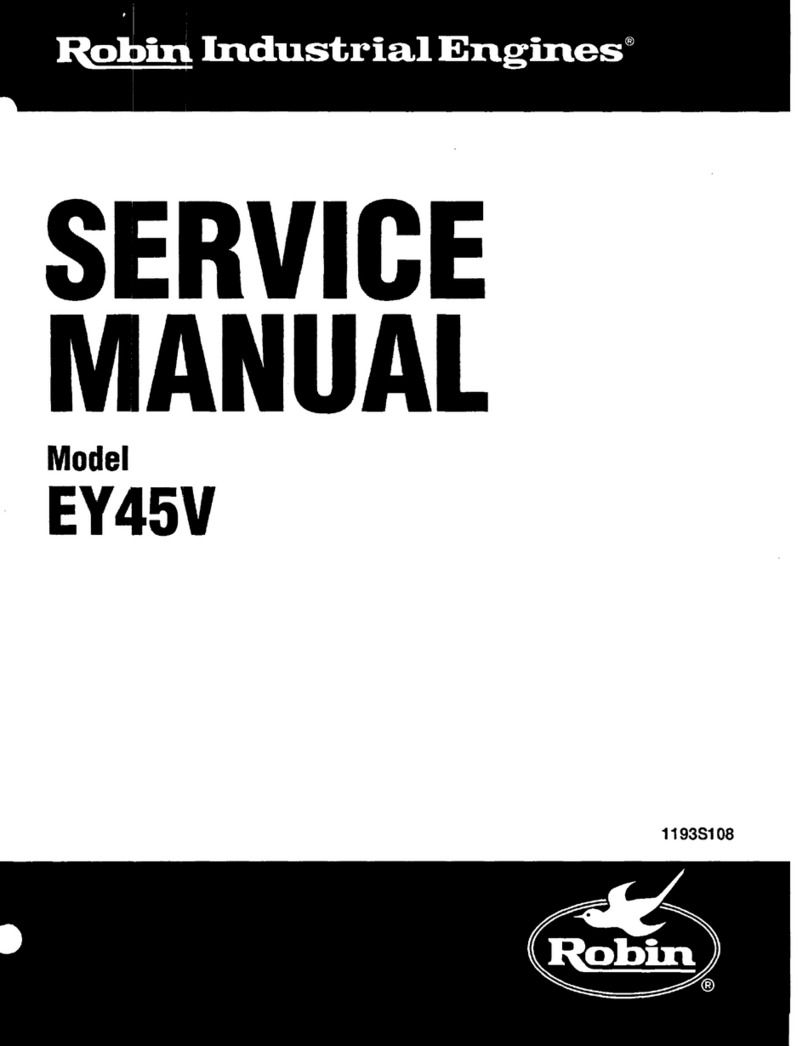
CONTENTS
Section Title Page
1. SPECIFICATIONS....................................................................................................... 1
2. PERFORMANCE ........................................................................................................ 3
2-1 MAXIMUM OUTPUT........................................................................................................ 3
2-2 CONTINUOUS RATED OUTPUT .................................................................................... 3
2-3 MAXIMUM TORQUE ....................................................................................................... 3
2-4 PERFORMANCE CURVES ............................................................................................. 4
3. FEATURES.................................................................................................................. 6
4. GENERAL DESCRIPTION OF ENGINE COMPONENTS .......................................... 7
4-1 CYLINDER AND CRANKCASE ....................................................................................... 7
4-2 MAIN BEARING COVER ................................................................................................. 7
4-3 CRANKSHAFT.................................................................................................................7
4-4 CONNECTING ROD AND PISTON ................................................................................. 8
4-5 PISTON RINGS ...............................................................................................................8
4-6 CAMSHAFT ..................................................................................................................... 8
4-7 VALVE ARRANGEMENT ................................................................................................. 9
4-8 CYLINDER HEAD............................................................................................................ 9
4-9 GOVERNOR SYSTEM .................................................................................................... 9
4-10 COOLING SYSTEM..................................................................................................... 10
4-11 LUBRICATION SYSTEM.............................................................................................. 10
4-12 IGNITION SYSTEM ..................................................................................................... 10
4-13 CARBURETOR.............................................................................................................11
4-14 AIR CLEANER ..............................................................................................................11
4-15 BALANCER...................................................................................................................11
4-16 DECOMPRESSION SYSTEM ..................................................................................... 12
4-17 SECTIONAL VIEW OF ENGINE.................................................................................. 13
5. DISASSEMBLY AND REASSEMBLY....................................................................... 15
5-1 PREPARATIONS AND SUGGESTIONS........................................................................ 15
5-2 SPECIAL TOOLS ........................................................................................................... 15
5-3 DISASSEMBLY PROCEDURES.................................................................................... 16
5-4 REASSEMBLY PROCEDURES..................................................................................... 31
5-5 BREAK-IN OPERATION ................................................................................................ 43
6. MAGNETO ................................................................................................................ 43
6-1 FLYWHEEL MAGNETO................................................................................................. 43
6-2 BASIC THEORY ............................................................................................................ 43
6-3 WIRING DIAGRAM........................................................................................................ 45
